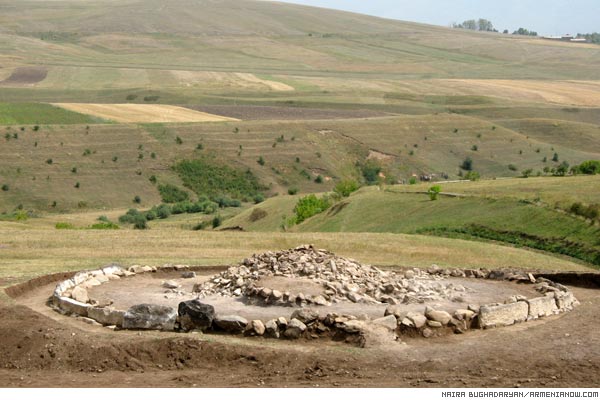Re: Arrata, Sumerians, Shamballa, the Turkish "Sun Language Theory" and the Scythians
I meant from Armenia - greater Armenia!
Originally posted by Armanen
View Post








Comment